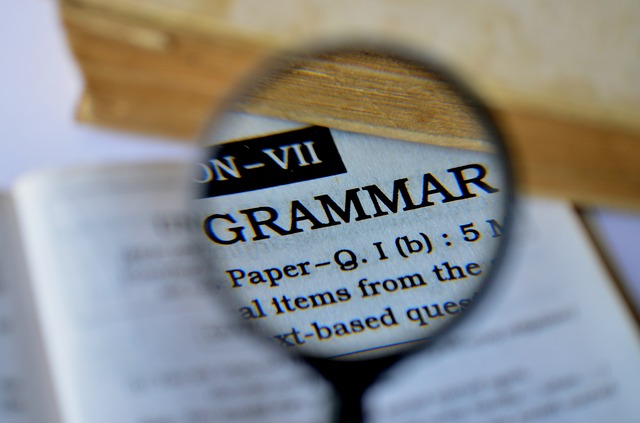Grammar Spotlight
 The English Grammar Profile (EGP) is a sister resource to the English Vocabulary Profile, and has been put together by Anne O'Keeffe (Limerick University) and Geraldine Mark, the co-authors, along with Ron Carter and Mike McCarthy, of English Grammar Today (Cambridge University Press). Mark and O'Keeffe investigated the extensive data in the Cambridge Learner Corpus to establish when learners begin to get to grips with different linguistic structures.
The English Grammar Profile (EGP) is a sister resource to the English Vocabulary Profile, and has been put together by Anne O'Keeffe (Limerick University) and Geraldine Mark, the co-authors, along with Ron Carter and Mike McCarthy, of English Grammar Today (Cambridge University Press). Mark and O'Keeffe investigated the extensive data in the Cambridge Learner Corpus to establish when learners begin to get to grips with different linguistic structures.
A series of insights from their research will be posted on this page, each one putting the spotlight on an interesting aspect of learner grammar development. Please note that all of the learner examples come from the Cambridge Learner Corpus, a 55-million word electronic collection of written learner data. The examination and the candidate’s first language are given in brackets after each learner example.
See the latest Grammar Spotlight entry below. Scroll right down to the bottom of this page to browse through previous entries.
Currently, there is no evidence in the Cambridge Learner Corpus of the use of the passive at A1 level.
At A2 level, learners have begun to use the passive to discuss familiar topics. They can, for example, use the passive affirmative with by to add information about something already known.
 It was bought by my uncle. (Key English Test; Chinese)
It was bought by my uncle. (Key English Test; Chinese)
 It’s made by Sony-Ericsson, I love it ... (Key English Test; Italian)
It’s made by Sony-Ericsson, I love it ... (Key English Test; Italian)
 It was written by an excellent author, Lev Tolstoy. (Key English Test; Russian)
It was written by an excellent author, Lev Tolstoy. (Key English Test; Russian)
Learners at A2 can use the past simple passive affirmative after a singular subject.
 It was built in 1880. (Key English Test; Chinese)
It was built in 1880. (Key English Test; Chinese)
 On Saturday morning I was invited to a sports competition. (Key English Test; Indian)
On Saturday morning I was invited to a sports competition. (Key English Test; Indian)
They can also use the present simple passive affirmative with a singular subject.
 The group is called “playmo”. (Key English Test; French)
The group is called “playmo”. (Key English Test; French)
 I bought a T-shirt, it cost £42 because it is made of cotton. (Key English Test; Spanish - Latin American)
I bought a T-shirt, it cost £42 because it is made of cotton. (Key English Test; Spanish - Latin American)
It is interesting to find that A2 learners, who have just been introduced to the present simple and past simple passive forms, are able to make natural and accurate use of them immediately. They can use a number of high-frequency passive expressions, such as be made by, be made of, be built, be invited to and be called, often with it as the subject. However, the sentences they produce are in the affirmative - there is no evidence in the Cambridge Learner Corpus at present of the use of present simple or past simple negative forms at A2.






